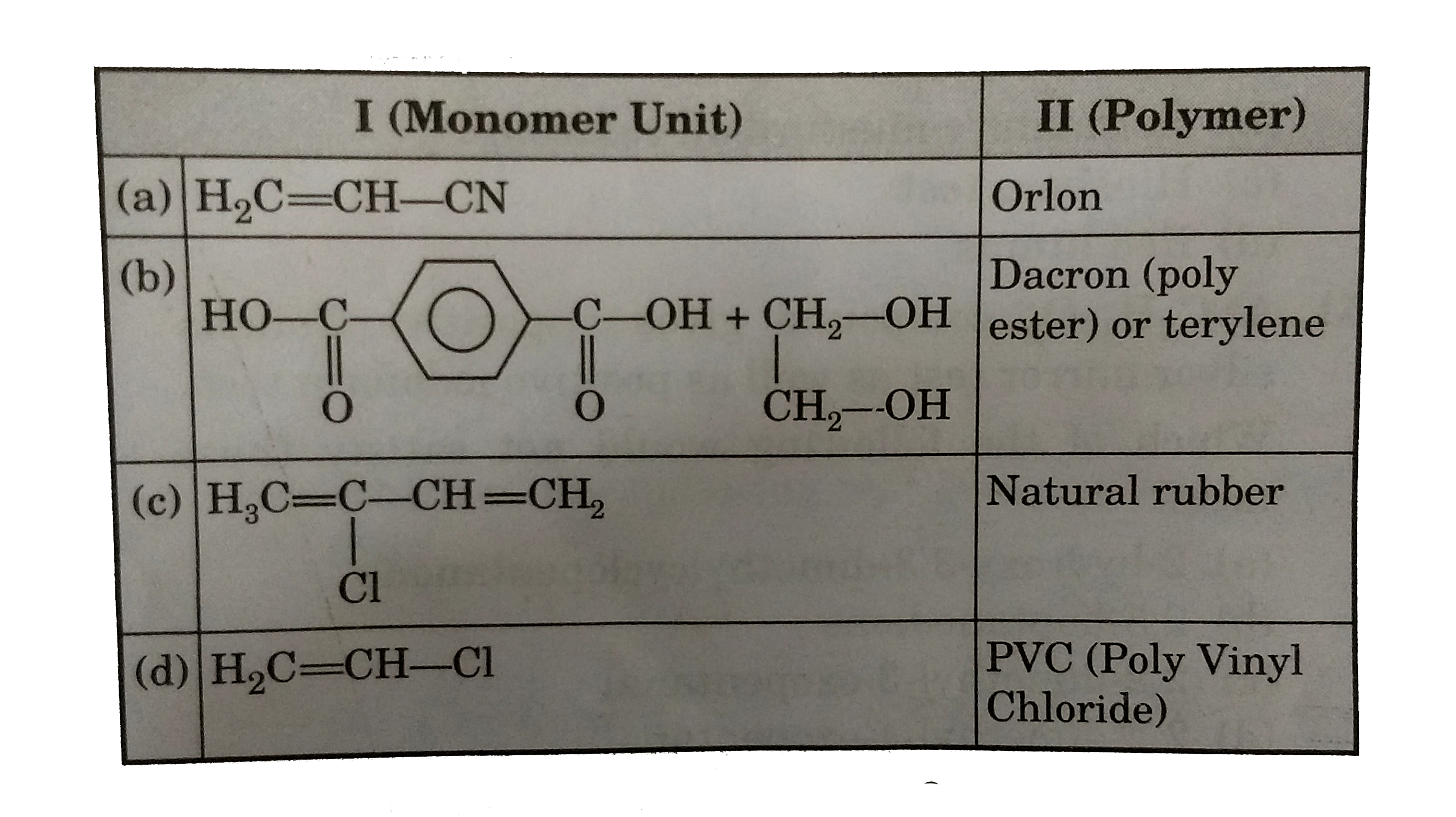Which one of the following is not correct
.3Li7+.1H1→.4Be7+.0n1
.21Sc45+.0n1→.20Ca45+.0n1
.33As75+.2He4→.35Br78+.0n1
.83Bi209+.1H2→.84Po210+.0n1
The correct Answer is:B
To determine which statement is not correct regarding nuclear reactions, we can analyze each option provided.
1. Understand the Basics of Nuclear Reactions:
- In nuclear reactions, the total number of nucleons (protons + neutrons) and the total charge must be conserved. This means that the sum of the atomic numbers (protons) and the sum of the mass numbers (nucleons) before the reaction must equal the sums after the reaction.
2. Analyze Each Option:
- Option 1:
- Reaction: Scandium (Sc) + 21 → Check the mass number and charge.
- Scandium has an atomic number of 21 and a mass number of 45 (for example, Sc-45).
- If we add a neutron (0), the mass number remains 45, and the atomic number remains 21. This is correct.
- Option 2:
- Reaction: Check the details provided in the transcript.
- The reaction states that the charge and mass numbers do not balance correctly. The charge should add up to the same total before and after the reaction. According to the transcript, this option is incorrect.
- Option 3:
- Reaction: Arsenic (As) + 33 → Check the mass number and charge.
- If Arsenic has an atomic number of 33 and mass number of 75 (for example, As-75), and it reacts with helium (He) with a mass number of 4, the total should be checked.
- After the reaction, if bromine (Br) is produced with a mass number of 35, the charge should also balance. This option seems correct.
- Option 4:
- Reaction: Bismuth (Bi) + Hydrogen (H) → Check the mass number and charge.
- Bismuth has an atomic number of 83 and mass number of 209 (for example, Bi-209). If it reacts with a hydrogen isotope (deuterium), the total mass and charge should balance.
- The transcript indicates that this reaction is correct.
3. Conclusion:
- The option that is not correct is Option 2 as indicated in the transcript.
Final Answer:
Option 2 is not correct.
- In nuclear reactions, the total number of nucleons (protons + neutrons) and the total charge must be conserved. This means that the sum of the atomic numbers (protons) and the sum of the mass numbers (nucleons) before the reaction must equal the sums after the reaction.
- Option 1:
- Reaction: Scandium (Sc) + 21 → Check the mass number and charge.
- Scandium has an atomic number of 21 and a mass number of 45 (for example, Sc-45).
- If we add a neutron (0), the mass number remains 45, and the atomic number remains 21. This is correct.
- Option 2:
- Reaction: Check the details provided in the transcript.
- The reaction states that the charge and mass numbers do not balance correctly. The charge should add up to the same total before and after the reaction. According to the transcript, this option is incorrect.
- Option 3:
- Reaction: Arsenic (As) + 33 → Check the mass number and charge.
- If Arsenic has an atomic number of 33 and mass number of 75 (for example, As-75), and it reacts with helium (He) with a mass number of 4, the total should be checked.
- After the reaction, if bromine (Br) is produced with a mass number of 35, the charge should also balance. This option seems correct.
- Option 4:
- Reaction: Bismuth (Bi) + Hydrogen (H) → Check the mass number and charge.
- Bismuth has an atomic number of 83 and mass number of 209 (for example, Bi-209). If it reacts with a hydrogen isotope (deuterium), the total mass and charge should balance.
- The transcript indicates that this reaction is correct.
- The option that is not correct is Option 2 as indicated in the transcript.
Option 2 is not correct.
Topper's Solved these Questions
- NUCLEAR CHEMISTRY BOOK - ERRORLESS CHAPTER - NUCLEAR CHEMISTRY EXERCISE - Ordinary Thinking (Rate of decay and Half - life)
97 Videos
- NUCLEAR CHEMISTRY BOOK - ERRORLESS CHAPTER - NUCLEAR CHEMISTRY EXERCISE - Ordinary Thinking (Artificial transmutation )
59 Videos
- NUCLEAR CHEMISTRY BOOK - ERRORLESS CHAPTER - NUCLEAR CHEMISTRY EXERCISE - JEE SECTION (Matrix Match Type Questions)
2 Videos
- NITROGEN CONTAINING COMPOUNDS BOOK - ERRORLESS CHAPTER - NITROGEN CONTAINING COMPOUNDS EXERCISE - JEE (ADVANCED) 2018 MORE THAN ONE CHOICE CORRECT ANSWER
1 Videos
- ORES, MINERALS AND METALLURGICAL EXTRACTIONBOOK - ERRORLESS CHAPTER - ORES, MINERALS AND METALLURGICAL EXTRACTIONEXERCISE - JEE ANSWER TPYE QUESTION (JEE Advanced) 2018) Numeric answer type question
1 Videos
Similar Questions
Knowledge Check
Which one of the following in not correct ?
Asin−1{sin(5π/4)}=−π/4Bsec−1{sec(5π/4)}=3π/4Ctan−1{tan(5π/4)}=π/4Dcosec−1{cosec(7π/4)}=π/4Which one of the following is the correct statement ?
AHC−3 is the conjugate base of CO2−3BNH−2 is the conjugate acid of NH3CNH3 is the conjugate base of NH−2DH2CO3 is the conjugate base of HCO−3Which one of the following is a correct statement?
A1. Protons and neutrons have exactly the same massB2. Alpha particles are singly ionized helium atomsC3. Beta rays are the same as cathode raysD4. Gamma rays are high energy neutrons

